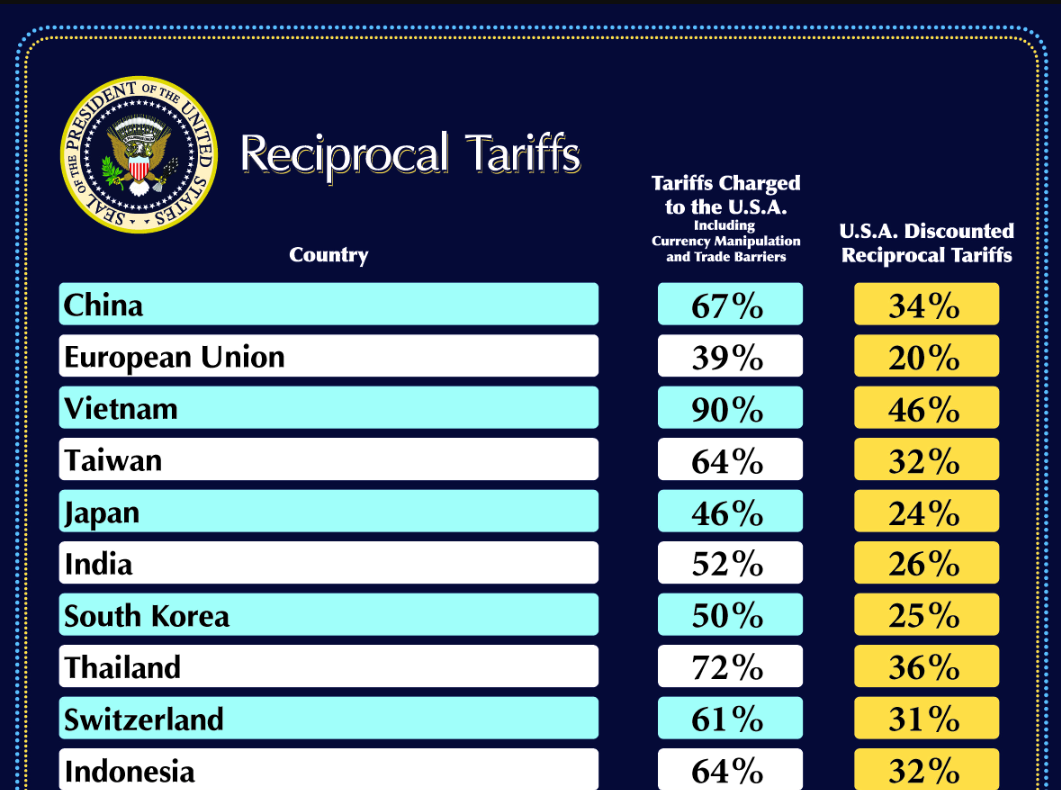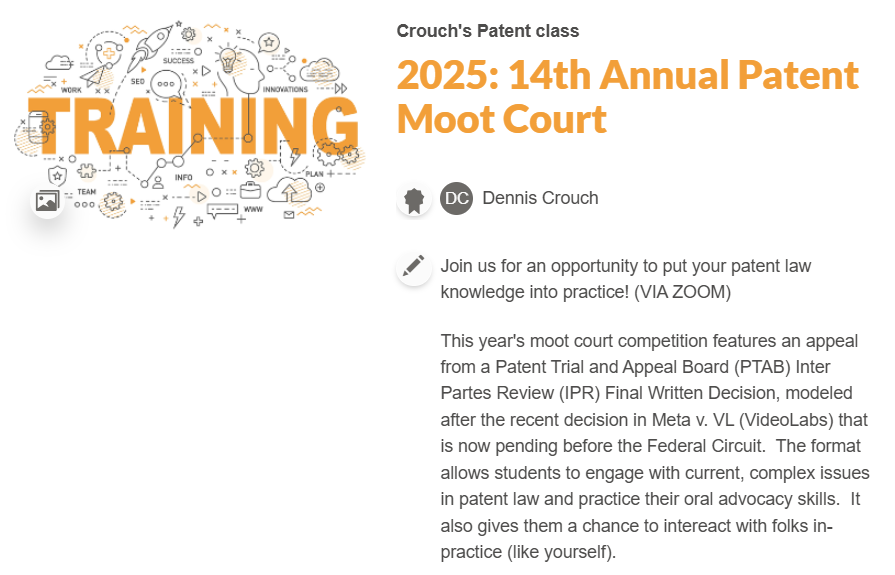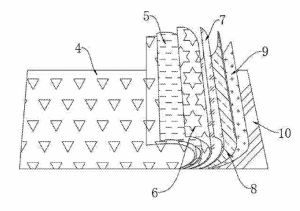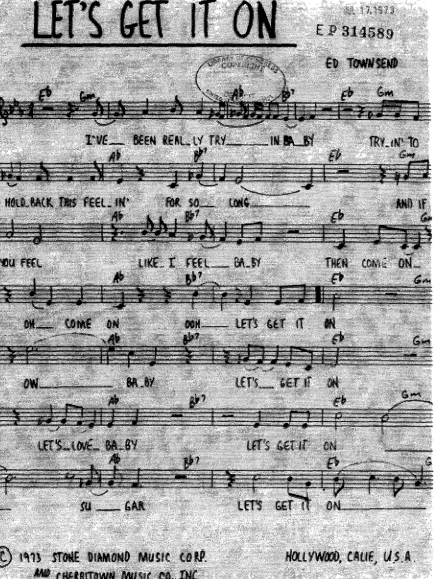by Dennis Crouch
In April 2025, President Trump took initiative to sharply increased tariffs on imports, citing trade imbalances and reciprocity. In response, major trading partners such as the European Union (EU), China and others are considered countermeasures that go beyond tit-for-tat tariffs. President Trump's actions were ostensibly driven by the large U.S. trade deficit in goods, but it also threatens key areas of U.S. strength – namely services, intellectual property (IP), and foreign investment where the U.S. runs global surpluses that far outpace the goods deficit. This asymmetry means that broad U.S. tariffs on goods can be met by partners' retaliation in areas where U.S. firms rely heavily on foreign markets. Non-tariff measures (NTMs) can include a variety of impediment to open markets reducing access without raising a customs duty. NTMs have been a major aspect of global trade initiatives over the past several decades--with the U.S. most often pushing our global partner nations to reduce barriers and provide open markets with free trade. That world has now changed.
To continue reading, become a Patently-O member. Already a member? Simply log in to access the full post.






